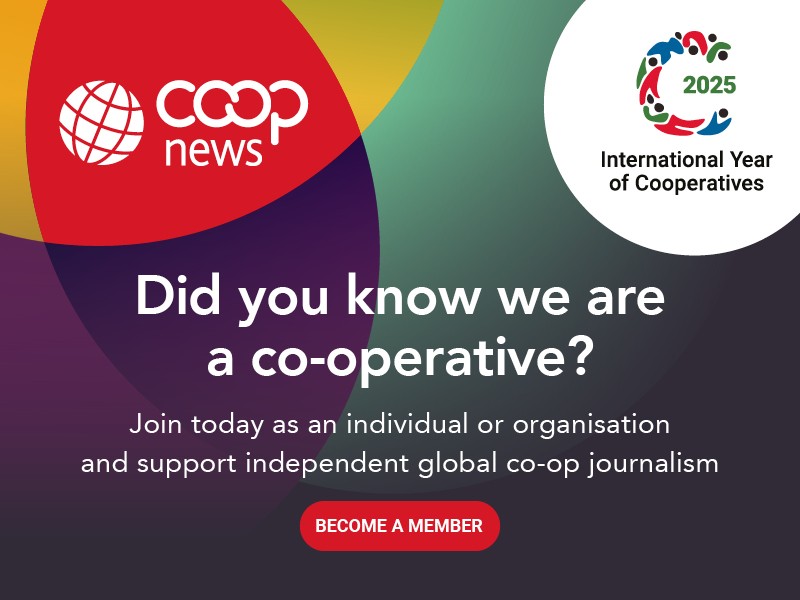Co-operatives were created for members by members, but how much do co-op leaders focus on serving their founding principle?
“As co-operatives grow they become more complex and people in the management team become more and more distant from members,” according to Rob Markey, global customer strategy practice leader at Bain & Company, during the International Summit of Cooperatives.
In delivering a report, Member Driven Strategies – Leveraging Cooperatives’ Competitive Advantage, Mr Markey said co-operative leaders are “alienating the members they were formed to serve” when compared to corporate competitors.
He blamed this firstly on a culture within the business environment which is dominated by the tools, mechanisms and management principles for investor-led companies.
“Many of us are afraid to put the co-operative core at the front and centre both internally and externally with our members,” he said.
To rebuild a “sense of intimacy with members”, Mr Markey suggested three steps to reconnect a co-operative:
1. Leaders must commit to the core mission of serving members – there need to be goals and metrics to measure success
2. An “interloop” feedback system should allow members to have a direct voice with employees inside the organisation to provide feedback. Should it need it, the leadership team can connect with some members to “make them feel like they’ve been heard”
3. An “outerloop” takes the sum of those interactions and looks at patterns and systematic issues – i.e. was it a pricing or product issue.
With those three steps complete a “huddle” between a group of employees can share experiences and escalate concerns within the organisation.
The study then looked at whether or not co-operatives provide a competitive advantage. It goes on to explain how co-operatives were in a unique position to be member advocacy and loyalty leaders.
However, Bain & Company adds that a number of competitors have invested significantly in customer strategies and experience, being ahead of many co-operatives.
“When we looked at this in the co-operative sector, we came with the belief that co-ops could dominate in loyalty,” said Mr Markey.
But the reality was different, large co-operatives underperformed against investor-led competitors, meanwhile smaller co-operatives actually over-performed. This was due to the “intimacy” that a small and local co-op can provide.
Co-operatives must make the most of this opportunity, argued the study, given that only 50% of the respondents taking part in the survey indicated that delivering exceptional member experience was a key part of their mission statements. Moreover, only 15% of these respondents “strongly agree that they are delivering on this promise to members”.
According to the respondents of the survey, one key element to becoming loyalty leaders is the implementation of member experience initiatives. This would involve the engagement of frontline staff, cross business unit and channel alignment and successful deployment of IT enablers.
“Co-operatives that want to realise the opportunity to drive leadership in member advocacy and experience must not only put the member at the center of their mission, but also build the ‘operating model’ that supports a continuous focus on improving the member experience,” read the report.
- For more updates from the 2014 International Summit of Cooperatives, click here

